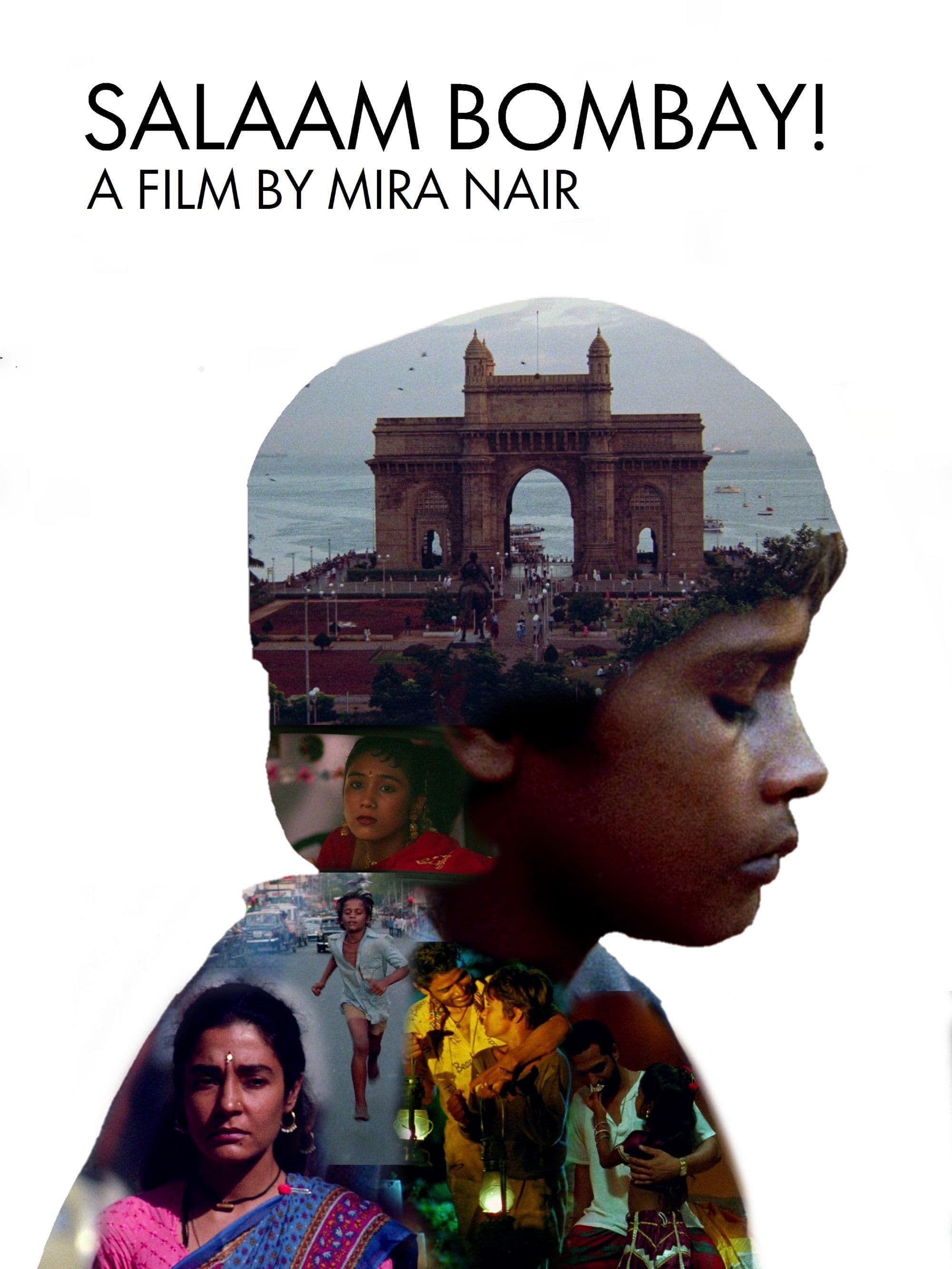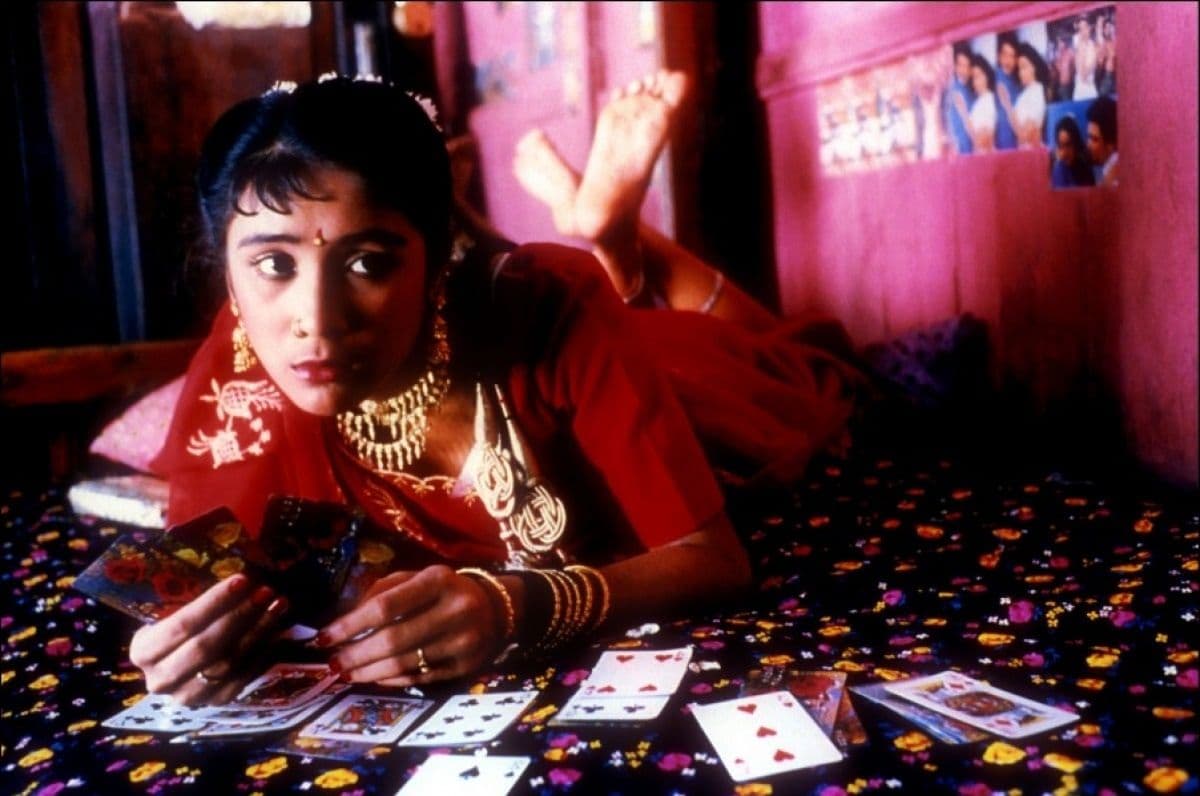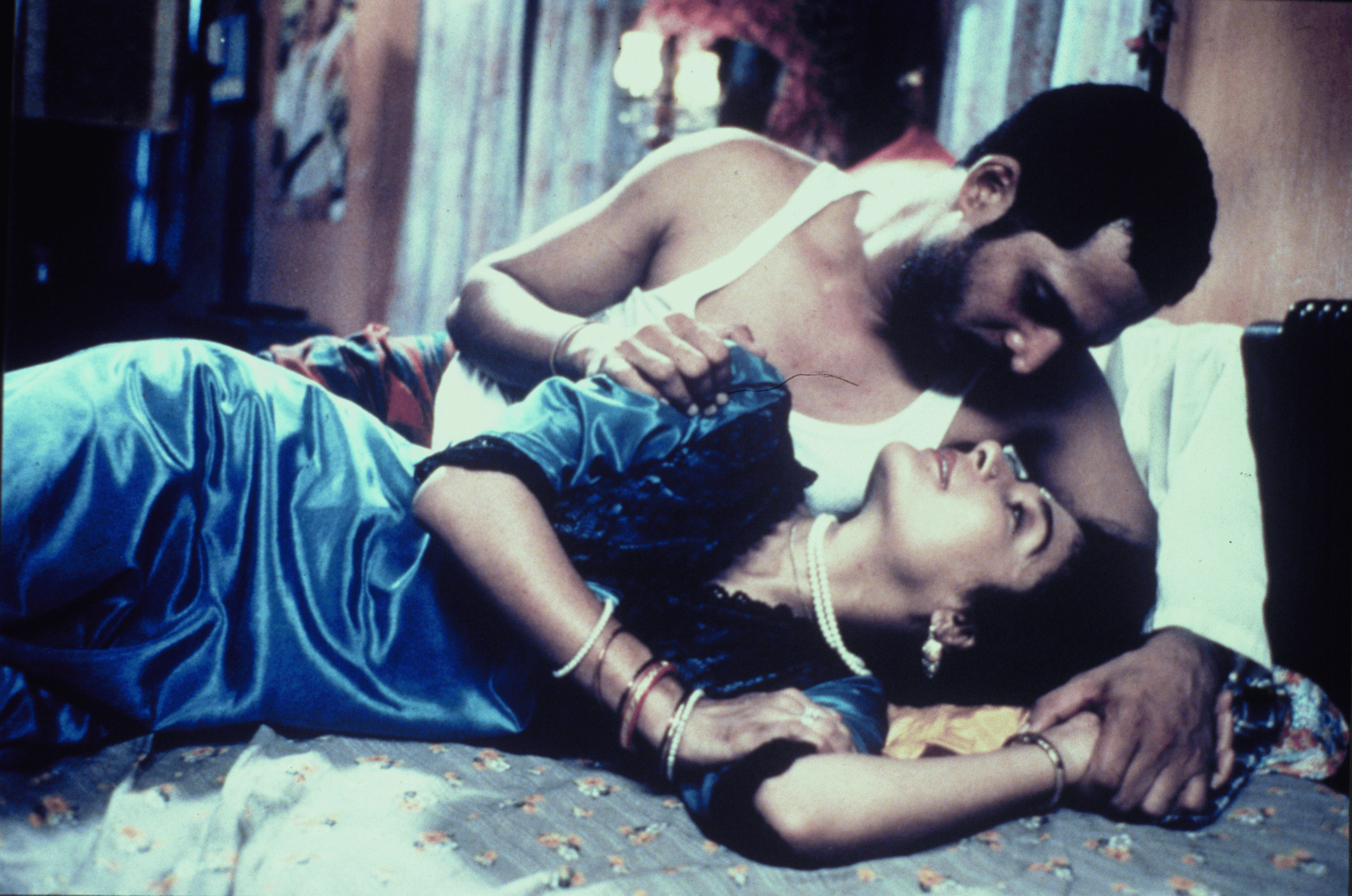
Salaam Bombay!
1988
Rate this movie
Average: 5.00 / 5
(1 votes)
Director
An authentic pearl of Indian cinema, awarded a prestigious prize at Cannes – the Caméra d’Or for Best First Feature Film – and nominated for an Oscar, Salaam Bombay! also had the distinction of being the first Indian film to be successfully distributed in Italian cinemas, a significant achievement for a film industry that, at the time, struggled to gain acceptance despite the genius of masters like Satyajit Ray. Where Ray's neorealism, though sublime in its intimate poetry, perhaps remained an exotic territory for the wider Western audience, Mira Nair's work burst forth with a primal and universal force, overcoming cultural and linguistic barriers.
Director Mira Nair, with an audacity that betrays her documentary filmmaking background, pushes her camera's eye into humanity's most hidden underbellies, where marginalization and destitution, like a perennial haze, obscure every possible escape route. The almost ethnographic approach, the choice to work with many non-professional actors, including authentic street children recruited and prepared through intensive workshops, lends the film an almost painful authenticity, transforming it into a harrowing and authentically vivid and pulsating document. It is not a mere representation, but a raw and unfiltered immersion into an existential purgatory, rendered with such veracity as to blur the boundaries between fiction and chronicle.
The narrative begins with the abandonment of young Krishna, only 10 years old, by his mother and the circus for which he worked. The cause is a bicycle that the boy destroyed and for which, for a symbolic but unattainable sum, he must pay restitution to rejoin the circus caravan. Krishna, whose innocent face and watchful eyes become our privileged lens onto this urban hell, will attempt to scrape together the necessary 500 rupees by living on his wits in Bombay, a pantagruelian, sprawling, and treacherous metropolis in his still-pure eyes. The sum, seemingly modest, takes shape as a modern Sisyphus, a chimera that chains him to the streets, forcing him to confront a reality far more ruthless than any circus arena.
The child must delve into an underworld populated by archetypal figures of what could be defined as an invisible social stratification: very young prostitutes like the touching Manju, from whose gaze gleam flickers of a stolen childhood; petty criminals and drug dealers like Chillum, the addict who becomes an ambivalent father figure for Krishna, both a guide and a living warning; beggars and homeless people who scrape by with the ferocity of outcasts. Each of these characters, far from being a mere caricature, is a full-fledged portrait of despair and resilience, revealing how, even in the heart of the most abject misery, unexpected bonds can blossom, albeit ephemeral and often destined for tragedy. Nair's camera does not judge, but observes with a secular and penetrating pietas, capturing the moral complexity of lives on the margins.
A work whose interest is first and foremost sociological, then certainly aesthetic. Mira Nair does not merely show us misery, but investigates its roots and consequences with almost scientific precision, exposing the system of child exploitation, the scourge of drug addiction and prostitution, and the indifference of institutions. Bombay itself emerges not just as a backdrop, but as a living and pulsating organism, a jungle of asphalt where sensory chaos is palpable: the roar of trains, the incessant honking of cars, the voices of the market, the noise of rickshaws merging into a deafening symphony. This sonic saturation, combined with cinematography that enhances the contrasts between the city's murky lights and the shadows of poverty, creates an immersive experience that imprints itself on the viewer's memory.
Mira Nair offers a new and courageous way of looking at her own country, without shying away from its most lacerating contradictions, but rather reverberating them with seismic force in the gaze of a child facing the harsh battle for survival. The film, even in its geographical and cultural specificity, rises to a universal metaphor for the struggle for dignity in a world that often denies even existence to its most fragile inhabitants. Salaam Bombay! is a cry that resonates far beyond the chaotic streets of Mumbai, a powerful warning about the human condition and the eternal spark of hope that, however faint, continues to burn even in the deepest darkness. Its legacy is having opened a window onto contemporary India, moving beyond stereotypes, and having marked a milestone for global independent cinema.
Genres
Countries
Gallery






Comments
Loading comments...